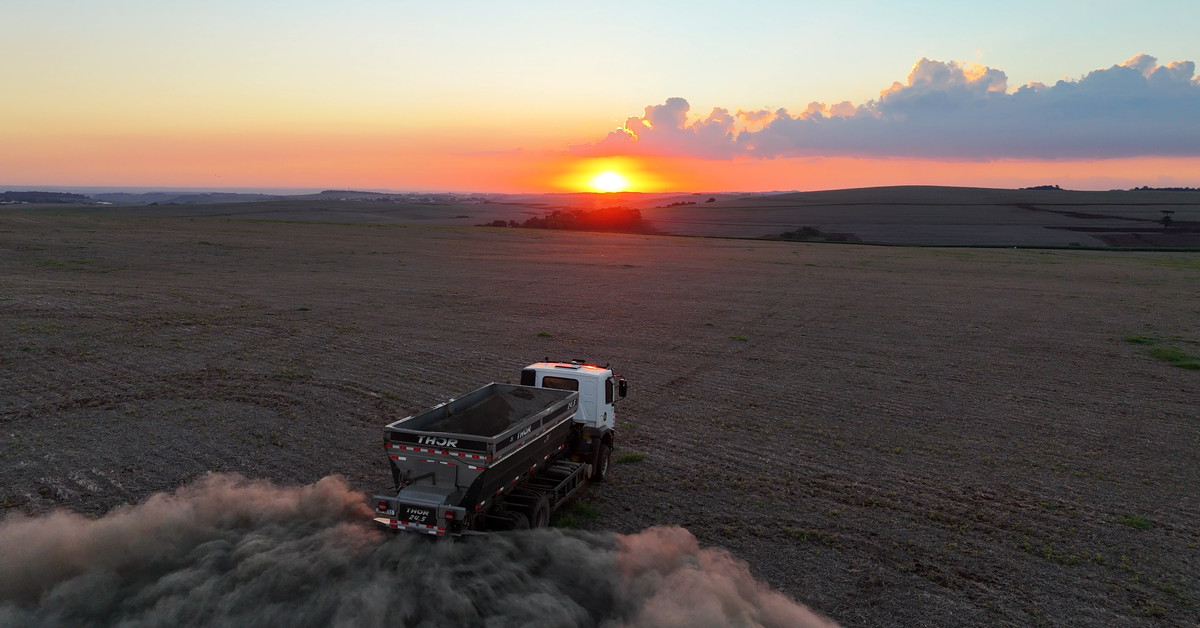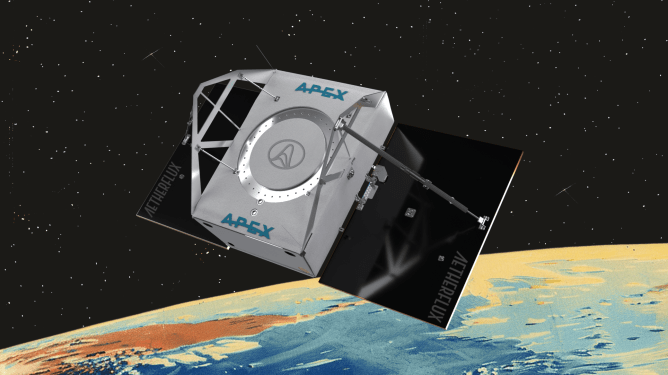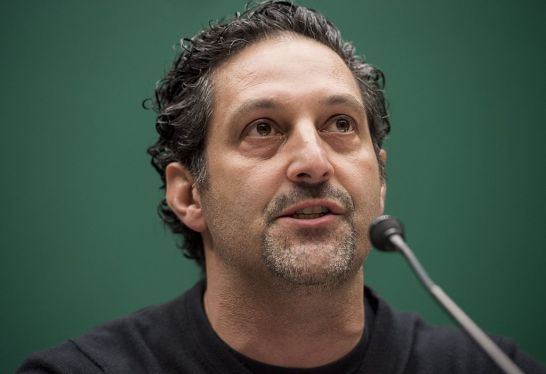In an effort to mitigate the impact of their pollution on the climate, Google and other major corporations have invested in a plan to trap carbon dioxide using rocks. This initiative, led by a startup called Terradot, has garnered significant attention due to its potential to slow down climate change.
Multimillion-Dollar Deals with Terradot
Terradot, a Sheryl Sandberg-backed company, has secured multimillion-dollar deals with several prominent corporations, including Google, H&M Group, and Salesforce. The agreements collectively involve the removal of 90,000 tons of carbon dioxide from the atmosphere, with the companies paying a total of $27 million for this service.
The deals were brokered by Frontier, a carbon removal initiative led by Stripe, Google, Shopify, and McKinsey Sustainability. Separately, Google announced its own deal to purchase an additional 200,000 tons of carbon removal from Terradot. However, the company declined to disclose the value of this agreement.
Enhanced Rock Weathering: A Low-Tech Tactic
Terradot employs a strategy called enhanced rock weathering (ERW), which accelerates a natural process that would otherwise take thousands of years to occur. Rainfall naturally weathers rocks, releasing calcium and magnesium ions, which trigger a chemical reaction that traps CO2 in water as bicarbonate. This bicarbonate is then carried by groundwater to the ocean, where it is stored and kept out of the atmosphere.
By crushing up rocks and spreading them over a large area, Terradot aims to increase the surface area exposed to CO2, thereby speeding up the weathering process. The company has partnered with Brazil’s agricultural research agency (EMBRAPA) to use this strategy on over 1 million hectares of land, taking advantage of the country’s hot and humid climate.
Challenges and Uncertainties
While Terradot’s approach shows promise, there are concerns about the costs, safety, and potential delays associated with carbon removal. Experts emphasize that preventing greenhouse gas emissions is still the most effective way to combat climate change.
Measuring the effectiveness of ERW is also a challenge. Google admits that it is difficult to accurately quantify how much CO2 is removed from the atmosphere using this method. Terradot plans to assess CO2 capture by analyzing soil samples and tracking the degradation of rocks over time. However, determining how much calcium, magnesium, and bicarbonate makes its way to the ocean remains a tricky task.
Why Not Try?
Professor Oliver Jagoutz, a geologist at MIT, acknowledges the uncertainty surrounding ERW but believes that trying this approach is worth it. "I don’t think we have the luxury to overthink it right now," he says.
Jagoutz’s sentiment echoes Terradot’s founder, Kanoff, who emphasizes the need for both emissions reductions and carbon removal strategies. "It’s very clear that this is not a substitute for emissions reductions at all… We need both of these tools."
Context: Google’s Carbon Footprint
Google’s carbon footprint has grown significantly as it builds out energy-hungry AI data centers. The company has recently announced plans to develop advanced nuclear reactors and new solar and wind farms to power its data centers with carbon pollution-free electricity.
While the 200,000 tons of carbon removal secured through Terradot is a notable achievement, it represents only a small fraction of Google’s annual carbon dioxide emissions. The company acknowledges that switching to clean energy remains the most effective way to combat climate change.
In conclusion, while enhanced rock weathering shows promise as a low-tech tactic for combating climate change, challenges and uncertainties remain. However, with companies like Terradot pushing the boundaries of this approach, we may yet find innovative solutions to help mitigate our impact on the environment.
References
- "Google’s future data centers will be built next to solar and wind farms"
- "Google inks nuclear deal for next-generation reactors"
- "Carbon dioxide emissions from fossil fuels are already making heatwaves, droughts, wildfires, storms, and other climate disasters more dangerous."
- "14.3 million metric tons of carbon dioxide pollution"



